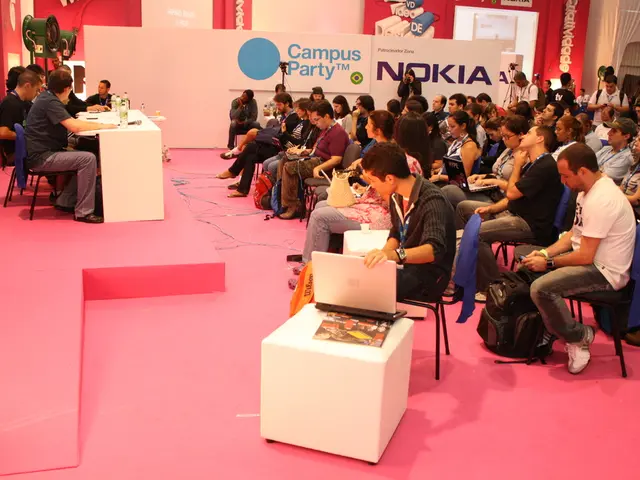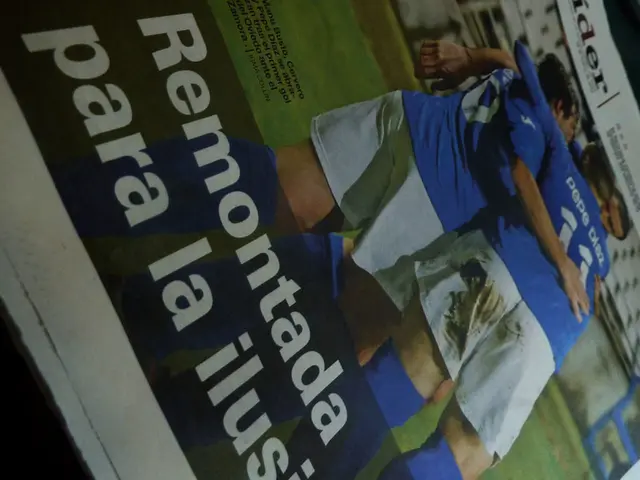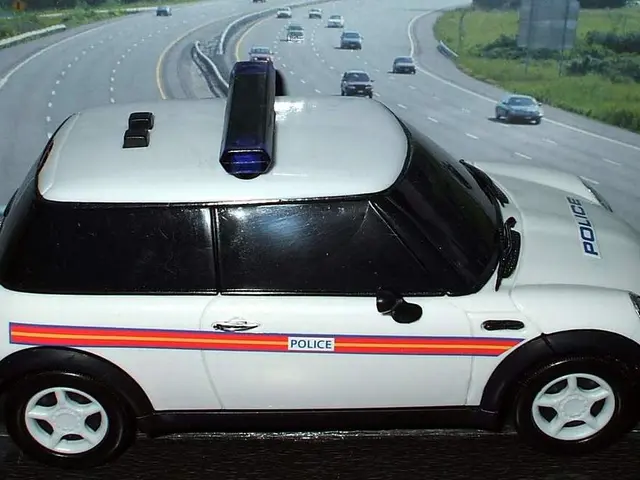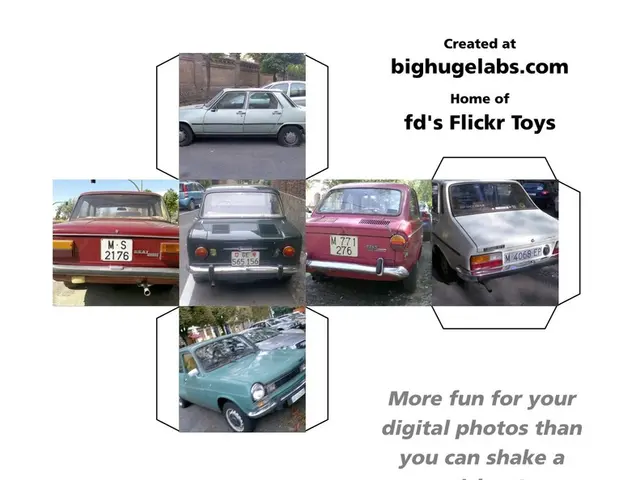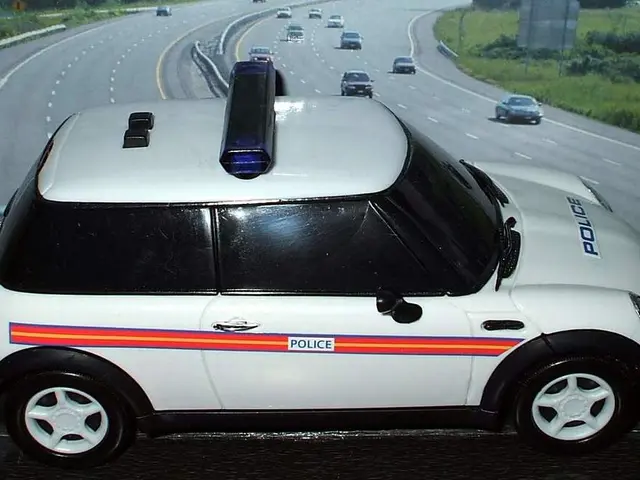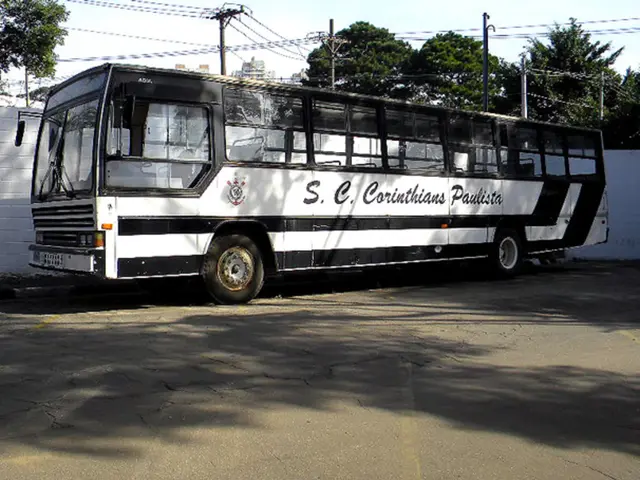Enhanced Traffic Reduction Leads to Economic Growth: MTA Offers Six-Month Report on Manhattan Congestion Pricing Zone
In the bustling metropolis of New York City, significant strides have been made in improving transportation infrastructure and reducing congestion, according to the Metropolitan Transportation Authority (MTA).
The MTA's efforts have resulted in a 12% decrease in time lost to traffic jams, reinstating seven minutes for every hour spent in traffic during 2024. This improvement is a testament to the MTA's dedication to enhancing the city's mobility.
The MTA's plans for the future are ambitious. With a new funding of 15 billion USD, the organisation aims to deliver critical capital improvements to its subway, bus, Long Island Rail Road, and Metro-North Railroad systems.
The Congestion Relief Zone (CRZ) programme, implemented by the MTA, has been a key player in these improvements. The CRZ has not only reduced traffic within the area but also raised revenue. The MTA expects to achieve its initial target of 500 million USD from the CRZ scheme in 2025.
Traffic throughout the region has decreased by 11% since the CRZ programme's inception, with 67,000 fewer vehicles entering the zone per day and 10 million fewer compared to the same time frame in 2024. Crashes and pedestrian fatalities within the CRZ have decreased by 14% and 15% respectively, indicating a safer environment for both drivers and pedestrians.
Bus speeds have increased by an average of 3.2% within the CRZ, with some routes increasing by 25%. Subway on-time performance in May rose to 85.2%, the best non-pandemic month in record history. The CRZ has also provided a boost for economic activity across New York City.
Additional improvements include ADA upgrades at 23 subway stations, the commencement of the tunnelling contract for Phase 2 of the Second Avenue Subway, and the launch of the first phase of the Queens Bus Network Redesign.
The MTA has successfully fought off legal challenges launched by the United States Department of Transportation (USDOT) and the Trump Administration to terminate the CRZ programme. The new report from the City Department of Health and Mental Hygiene shows steady or decreasing levels of fine particle air pollution (PM2.5) at a majority of sites both inside and outside the CRZ.
Transit ridership has increased across all modes of transport between January and May 2025. Subway ridership has increased by 7%, bus ridership by 12%, Metro-North by 6% and Access-A-Ride by 21%. The Long Island Rail Road and Metro-North On-Time Performance have risen to a consistent 97% and 98% respectively in 2025.
Despite these advancements, the CRZ programme has come under fire from United States Secretary of Transportation Sean P. Duffy, who criticised the programme's operation and cited its 'unprecedented scope' as reason for its immediate termination. However, the MTA has successfully defended the programme, ensuring its continuation.
Air quality and noise pollution have improved, with a 45% decrease in honking and vehicle noise complaints in 2025. Business district pedestrian activity within the CRZ increased by 8.4% over last year, a stronger number than that of the growth outside the area (2.7%).
In conclusion, the MTA's efforts have led to significant improvements in New York City's transportation infrastructure, contributing to a safer, more efficient, and cleaner city. Despite facing criticism, the MTA's initiatives, particularly the CRZ programme, continue to make a positive impact on the city's transportation landscape.


